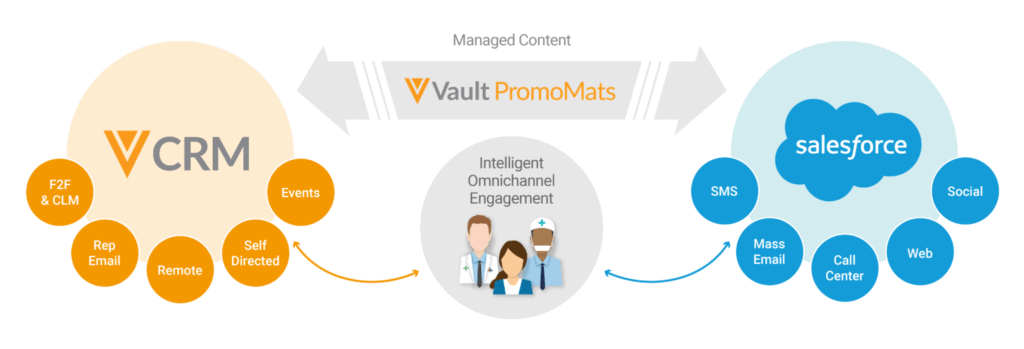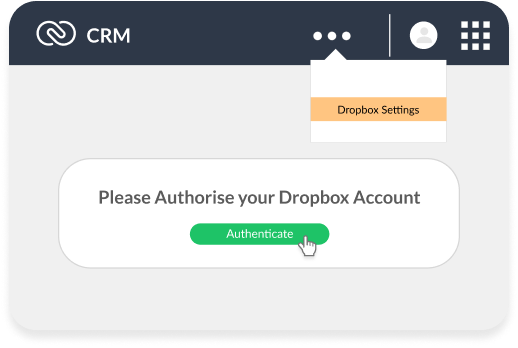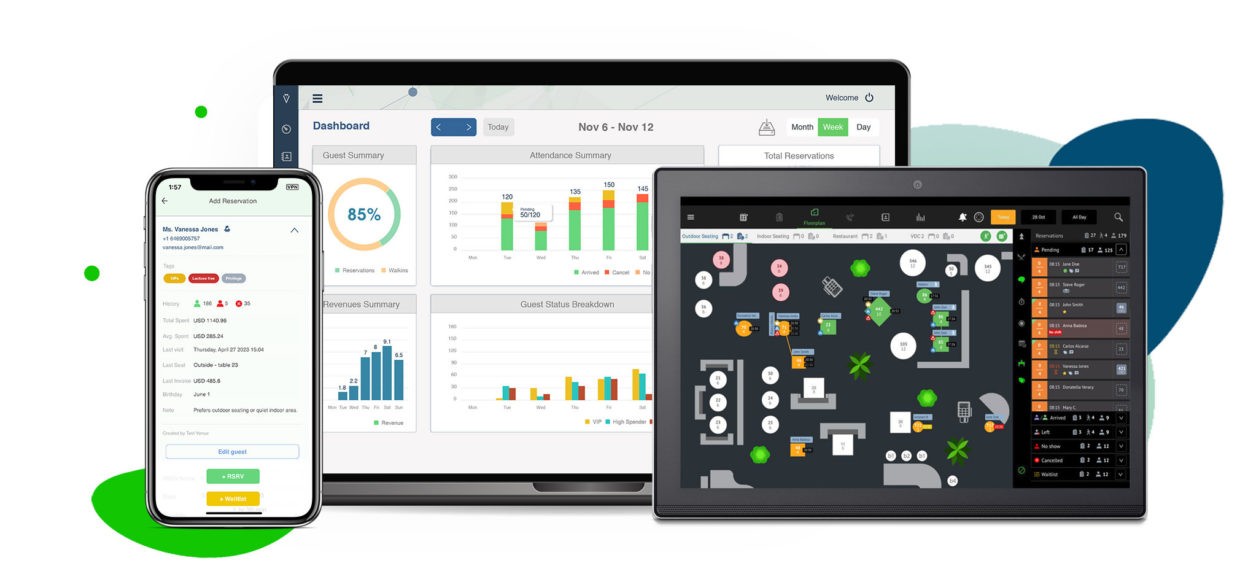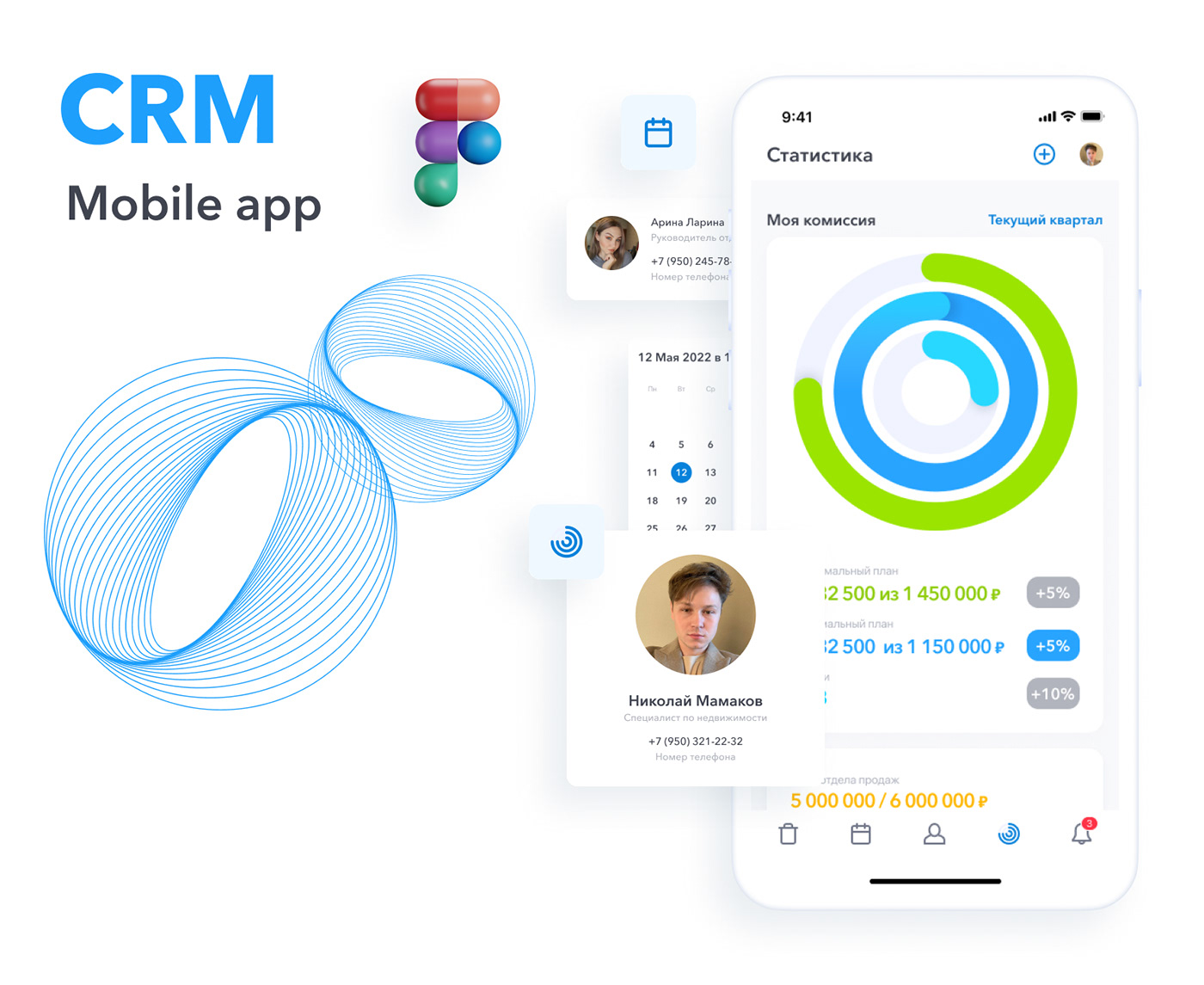
In the ever-evolving landscape of business, the ability to efficiently manage customer relationships is paramount. Customer Relationship Management (CRM) systems have become indispensable tools for businesses of all sizes, providing a centralized hub for all customer-related data and interactions. Salesforce, a leading CRM platform, has become synonymous with robust features and scalability. However, the true power of Salesforce lies not just in its standalone capabilities but in its ability to seamlessly integrate with other crucial business systems. This article delves deep into the world of CRM integration, with a specific focus on Salesforce, exploring its benefits, strategies, and best practices.
Understanding the Core Concept: CRM Integration
At its heart, CRM integration is the process of connecting your CRM system with other software applications used within your organization. This interconnectedness allows for the smooth flow of data between various departments, eliminating data silos and providing a unified view of the customer. Instead of manually transferring information between systems, integration automates this process, saving time, reducing errors, and enhancing overall efficiency.
Imagine a scenario where your sales team uses Salesforce, your marketing team relies on a marketing automation platform, and your customer service team utilizes a separate help desk system. Without integration, these teams would operate in isolation, potentially leading to duplicated efforts, inconsistent customer experiences, and a fragmented understanding of the customer journey. CRM integration bridges these gaps, ensuring that data is synchronized across all systems.
Why CRM Integration Matters: The Benefits
The advantages of integrating your CRM with other systems are numerous and far-reaching. Here are some of the key benefits:
- Enhanced Efficiency: Automation is the name of the game. Integration automates data entry, eliminating manual tasks and freeing up valuable employee time. This allows your teams to focus on higher-value activities, such as building relationships with customers and closing deals.
- Improved Data Accuracy: Manual data entry is prone to errors. Integration ensures that data is consistent and accurate across all systems, reducing the risk of mistakes and providing a reliable foundation for decision-making.
- Increased Productivity: With data readily available and workflows streamlined, employees can work more efficiently. They spend less time searching for information and more time interacting with customers.
- 360-Degree Customer View: Integration provides a holistic view of the customer, bringing together data from all touchpoints. This allows you to understand customer behavior, preferences, and needs, enabling you to deliver personalized experiences.
- Better Decision-Making: With access to accurate, real-time data, you can make more informed decisions. You can track key performance indicators (KPIs), identify trends, and optimize your strategies for better results.
- Enhanced Collaboration: Integration fosters collaboration between teams by providing a shared view of the customer. This allows teams to work together more effectively, ensuring a seamless customer experience.
- Cost Savings: By automating tasks and improving efficiency, integration can help you reduce costs. You can also save money by eliminating the need for redundant systems and manual processes.
Salesforce: A Leader in CRM and Integration
Salesforce is a dominant force in the CRM market, offering a comprehensive suite of features and a highly adaptable platform. Its popularity stems from its versatility, scalability, and extensive integration capabilities. Salesforce excels in providing a centralized location for managing sales, marketing, customer service, and other critical business functions.
Salesforce boasts a robust set of APIs (Application Programming Interfaces) and a thriving AppExchange marketplace, which facilitates seamless integration with a vast array of third-party applications. This allows businesses to connect Salesforce with the tools they already use, such as marketing automation platforms, accounting software, e-commerce platforms, and more.
Key Areas for CRM Integration with Salesforce
The possibilities for integrating Salesforce are virtually limitless. However, some key areas offer particularly significant benefits:
Marketing Automation
Integrating Salesforce with your marketing automation platform, such as Marketo, HubSpot, or Pardot (Salesforce’s own marketing automation solution), is a game-changer. This integration allows you to:
- Synchronize Leads and Contacts: Automatically sync lead and contact data between Salesforce and your marketing automation platform, ensuring that both systems have the most up-to-date information.
- Track Marketing Campaign Performance: Track the performance of your marketing campaigns within Salesforce, allowing you to see which campaigns are driving the most leads and revenue.
- Personalize Customer Communications: Use data from Salesforce to personalize your marketing communications, delivering targeted messages that resonate with individual customers.
- Automate Lead Scoring and Nurturing: Automate lead scoring and nurturing processes, ensuring that your sales team focuses on the most qualified leads.
E-commerce Platforms
If you operate an e-commerce business, integrating Salesforce with your e-commerce platform, such as Shopify, Magento, or WooCommerce, is essential for streamlining your sales process and providing excellent customer service. This integration enables you to:
- Sync Customer Data: Automatically sync customer data between your e-commerce platform and Salesforce, eliminating the need for manual data entry.
- Track Orders and Revenue: Track orders and revenue within Salesforce, providing a comprehensive view of your sales performance.
- Manage Customer Service: Provide excellent customer service by accessing order history, shipping information, and other relevant data within Salesforce.
- Personalize the Shopping Experience: Use data from Salesforce to personalize the shopping experience for your customers, offering product recommendations and targeted promotions.
Accounting Software
Integrating Salesforce with your accounting software, such as QuickBooks, Xero, or NetSuite, streamlines your financial processes and provides a more complete view of your business. This integration allows you to:
- Sync Customer and Account Data: Automatically sync customer and account data between Salesforce and your accounting software, ensuring that both systems have the same information.
- Automate Invoice Creation: Automate the creation of invoices, reducing manual effort and improving accuracy.
- Track Payments: Track payments within Salesforce, providing a clear picture of your cash flow.
- Generate Financial Reports: Generate financial reports within Salesforce, providing insights into your sales performance and profitability.
Help Desk/Customer Service Software
Integrating Salesforce with your help desk or customer service software, such as Zendesk, Freshdesk, or Service Cloud (Salesforce’s own customer service solution), enhances customer service and improves customer satisfaction. This integration enables you to:
- Sync Customer Data: Automatically sync customer data between Salesforce and your help desk software, providing your customer service team with the information they need to assist customers effectively.
- Track Support Tickets: Track support tickets within Salesforce, allowing you to monitor the progress of customer inquiries and ensure that they are resolved in a timely manner.
- Provide Personalized Support: Provide personalized support by accessing customer history, purchase information, and other relevant data within Salesforce.
- Improve Customer Satisfaction: Improve customer satisfaction by providing quick and efficient support, resolving issues promptly, and exceeding customer expectations.
Other Integrations
Beyond these key areas, Salesforce can be integrated with a wide range of other systems, including:
- Project Management Software: Integrate with project management tools like Asana or Monday.com to track projects and customer interactions in one place.
- Social Media Platforms: Integrate with social media platforms to monitor social media mentions, track customer sentiment, and engage with customers directly.
- Data Analytics Platforms: Integrate with data analytics platforms like Tableau or Power BI to gain deeper insights into your sales and marketing performance.
- Custom Applications: Integrate with custom applications built specifically for your business needs.
Strategies for Successful CRM Integration with Salesforce
Successful CRM integration requires careful planning and execution. Here are some strategies to ensure a smooth and effective integration process:
1. Define Your Goals and Objectives
Before you begin, clearly define your goals and objectives for CRM integration. What do you hope to achieve? What specific business problems are you trying to solve? Having a clear understanding of your goals will help you choose the right integration tools and strategies.
2. Assess Your Current Systems and Processes
Take stock of your existing systems and processes. Identify the systems you want to integrate with Salesforce and the data that needs to be synchronized. Analyze your current workflows to identify areas where automation can improve efficiency.
3. Choose the Right Integration Method
There are several methods for integrating Salesforce with other systems. The best approach depends on your specific needs and technical expertise. Here are some common methods:
- Native Integrations: Salesforce offers native integrations with many popular applications, such as Slack and Google Workspace. These integrations are typically easy to set up and require minimal technical expertise.
- AppExchange Apps: The Salesforce AppExchange marketplace offers a wide range of pre-built integration apps. These apps provide ready-to-use integrations with popular applications.
- Third-Party Integration Platforms: Third-party integration platforms, such as MuleSoft, Dell Boomi, and Zapier, provide a more flexible and powerful way to integrate Salesforce with other systems. These platforms offer a wide range of connectors and tools for building custom integrations.
- Custom Development: If you have unique integration requirements, you may need to develop custom integrations using the Salesforce APIs. This requires technical expertise and can be more time-consuming.
4. Plan for Data Mapping and Transformation
Data mapping is the process of matching data fields between different systems. Data transformation is the process of converting data from one format to another. Carefully plan your data mapping and transformation to ensure that data is synchronized accurately and consistently across all systems.
5. Test Thoroughly
Before deploying your integration, test it thoroughly to ensure that it is working correctly. Test all aspects of the integration, including data synchronization, workflow automation, and user access. Identify and resolve any issues before they impact your business.
6. Provide Training and Support
Once your integration is live, provide training and support to your employees. Make sure they understand how to use the integrated systems and how to troubleshoot any issues that may arise. Provide ongoing support to ensure that your employees can effectively use the integrated systems and maximize their benefits.
7. Monitor and Maintain Your Integration
After deployment, continuously monitor your integration to ensure that it is working as expected. Monitor data synchronization, workflow automation, and system performance. Regularly review your integration to identify areas for improvement and make adjustments as needed. Keep your integration up-to-date with the latest software versions and security patches.
Best Practices for CRM Integration with Salesforce
Following these best practices will help you maximize the success of your Salesforce integrations:
- Start Small: Don’t try to integrate everything at once. Start with a pilot project, focusing on a specific integration that addresses a key business need. Once you have successfully implemented the pilot project, you can gradually expand your integration efforts.
- Prioritize Data Quality: Ensure that your data is accurate, complete, and consistent. Poor data quality can lead to inaccurate insights and poor decision-making. Implement data cleansing and validation processes to maintain data quality.
- Automate as Much as Possible: Automate manual processes to improve efficiency and reduce errors. Look for opportunities to automate data entry, workflow automation, and other tasks.
- Involve Stakeholders: Involve stakeholders from all departments in the integration process. This will help ensure that the integration meets the needs of all users and that it is well-received.
- Document Everything: Document your integration process, including your goals, objectives, integration methods, data mapping, and testing results. This documentation will be invaluable for future maintenance and troubleshooting.
- Stay Up-to-Date: Salesforce is constantly evolving. Stay up-to-date with the latest features and updates to Salesforce and the systems you integrate with. This will help you maximize the benefits of your integration and ensure that it continues to meet your business needs.
Overcoming Challenges in CRM Integration
While CRM integration offers significant benefits, it’s not without its challenges. Here are some common hurdles and how to overcome them:
- Data Migration Issues: Moving data between systems can be complex. Data formats may differ, and data quality issues can arise. To overcome this, meticulously plan your data migration, clean your data beforehand, and use data mapping tools to ensure accuracy.
- Integration Complexity: Integrating multiple systems can be technically challenging. Choose integration methods that align with your technical expertise and budget. Consider using pre-built connectors or working with integration specialists.
- Security Concerns: Integrating systems can raise security concerns, especially when dealing with sensitive customer data. Implement robust security measures, such as encryption and access controls, to protect your data.
- User Adoption Challenges: Employees may resist adopting new systems or workflows. Provide thorough training, offer ongoing support, and communicate the benefits of the integration to encourage user adoption.
- Cost Considerations: CRM integration can involve significant costs, including software licenses, integration tools, and professional services. Develop a realistic budget and carefully evaluate the return on investment before proceeding.
The Future of CRM Integration with Salesforce
The future of CRM integration with Salesforce is bright, driven by advancements in several key areas:
- Artificial Intelligence (AI): AI is transforming CRM integration, enabling more intelligent automation, predictive analytics, and personalized customer experiences. Salesforce is incorporating AI capabilities into its platform, allowing for smarter integrations.
- Low-Code/No-Code Integration: Low-code/no-code integration platforms are making it easier for businesses to build and manage integrations without extensive coding knowledge. This trend is democratizing CRM integration, making it accessible to a wider audience.
- Real-Time Data Synchronization: Real-time data synchronization is becoming increasingly important, enabling businesses to access up-to-the-minute data across all their systems. This allows for faster decision-making and more responsive customer service.
- Integration with Emerging Technologies: Salesforce is continuously expanding its integration capabilities to support emerging technologies, such as the Internet of Things (IoT), blockchain, and virtual reality (VR).
As technology continues to evolve, CRM integration with Salesforce will become even more powerful and sophisticated, enabling businesses to build deeper customer relationships, improve efficiency, and drive growth.
Conclusion: Embracing the Power of Seamless Integration
CRM integration with Salesforce is no longer a luxury; it’s a necessity for businesses striving to thrive in today’s competitive landscape. By connecting your CRM system with other critical business applications, you can unlock a wealth of benefits, including enhanced efficiency, improved data accuracy, increased productivity, and a 360-degree view of the customer. By carefully planning your integration strategy, choosing the right tools, and following best practices, you can successfully integrate Salesforce and transform your business operations. Embrace the power of seamless integration and position your business for success in the years to come.


